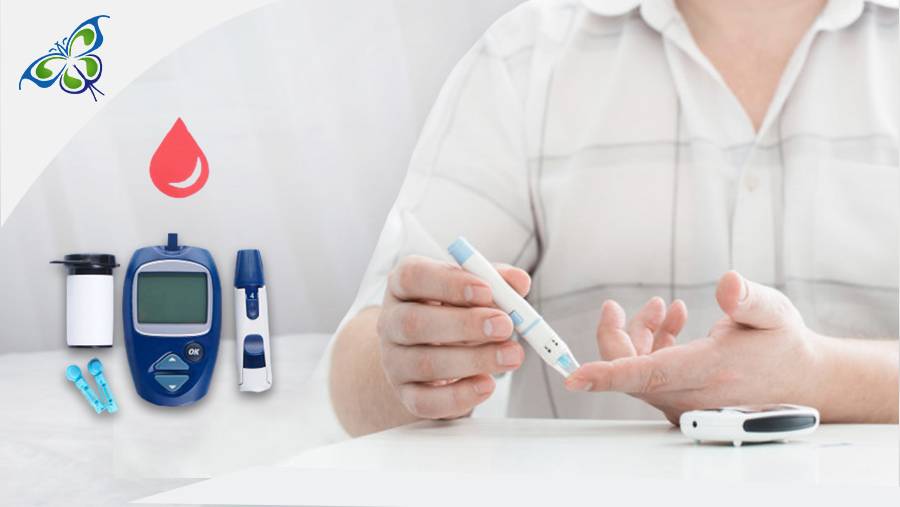
Hello
Select Address

Precisely, lancets are finger pricking devices mostly required by patients with abnormal blood sugar levels. The finger prick helps obtain a drop of blood, which when placed in the testing arena of a glucose monitor, displays the blood glucose level of the user. While the device is seemingly simple, over the years, many of its variants have evolved to cater to the comforts of patients.
Since blood sugar testing is required by most patients almost regularly, manufacturers have constantly tried to work upon its user-friendliness and accuracy levels too!
Is it mandatory to use a lancing device?
No. The former enhances the comfort of using a lancet. A lancing device is one that aid in making the use of a lancet more comfortable. You can use it to prick your finger (with the lancet) more easily. The lancing device bears the lancet within and a single prompt push with your finger (of the other hand) pushes the needle straight on your fingertip (from where the blood sample is to be collected).
However, a lancing device may or may not be used with a lancet. The choice is completely yours.
Is there any ideal spot for finger pricking?
Yes, there is. The more you move towards the edge of your finger, the less painful is the process. This is because our finger edges have sufficient blood vessels but not many nerve endings. So, the prick brings sufficient blood without letting you feel the pain sufficiently!
The lancing device has numbers. Which is the ideal depth for my finger?
Lancing devices are graded on a scale from 1 to 5. 5 is the deepest and 1 is the lowest depth. The correct depth that brings a sufficient amount of blood varies from person to person.
Now, lancets, as you all know, come in gauges (mostly 28, 31, and 33). The higher the gauge the thinner is the needle. This implies that the 33-gauge lancet has the thinnest needle among these three. Determine the lancet gauge according to your comforts and set the scale of the lancing device – both should aim at getting an adequate blood amount without hurting you abnormally!
Inevitably, a lancet cannot be used more than once only. Even if the user is a single individual, a lancet needs to be changed after every use. When you are not doing this, it not only poses a risk to your health but also its efficacy degrades. That is, multiple uses corrode the sharpness of the pricking needle and therefore it hurts too. So, ideally, a lancet should be a single-use medical object.
Can a Lancing device be used after its expiry date?
The expiration date printed on a lancet package ensures that the needle is sterilized unless opened and used. Once this date is over, the guarantee of sterilization will no longer be provided by the manufacturer. A week after the expiry will cause no harm, but don't elongate that period!
The thinner the needle, the lesser is the pain. And the thinness of the needle depends upon the needle gauge. The higher the gauge the sharper is the needle. For instance, lancets are commonly available in gauges of 28, 30, and 33. For regular insulin takers – you could go for a box of 100 to last for more than a month!
Things to consider if you opt for a lancing device
Although, as discussed earlier, a lancing device is not mandatorily required to be used with lancets, yet, they are high in demand. That is simply they make the piercing job much easier! So, while buying one, you need to keep these things in mind –
Finally, try to be very meticulous when disposing of these sharp devices. Specially designed 'sharps containers' are available for this purpose. These containers with a secured lock system ensure the safe transport as well as disposal of used lancets that can be carriers of bloodborne pathogens.